2016
Created a prototype of the system display and logging of distributed multimedia data. Based on a prototype of an original software and hardware solutions that implement the concept of distributed multimedia virtual environment (DMVE) to process and display multimedia data. Adapted for task training simulation complex prototype allows to extend the range of monitored data of the training process by synchronous recording up to 10 streams of information. Simultaneous reading of these data from the archive for a multi-window display on the user interface screen of the instructor.
Applications development
On the basis of the created prototype system for online display and logging multi-channel audio-visual data of training process of training astronauts on the simulator «Don-Soyuz» of the State Organization «Gagarin Research & Test Cosmonaut Training Center» (Fig.16-1)
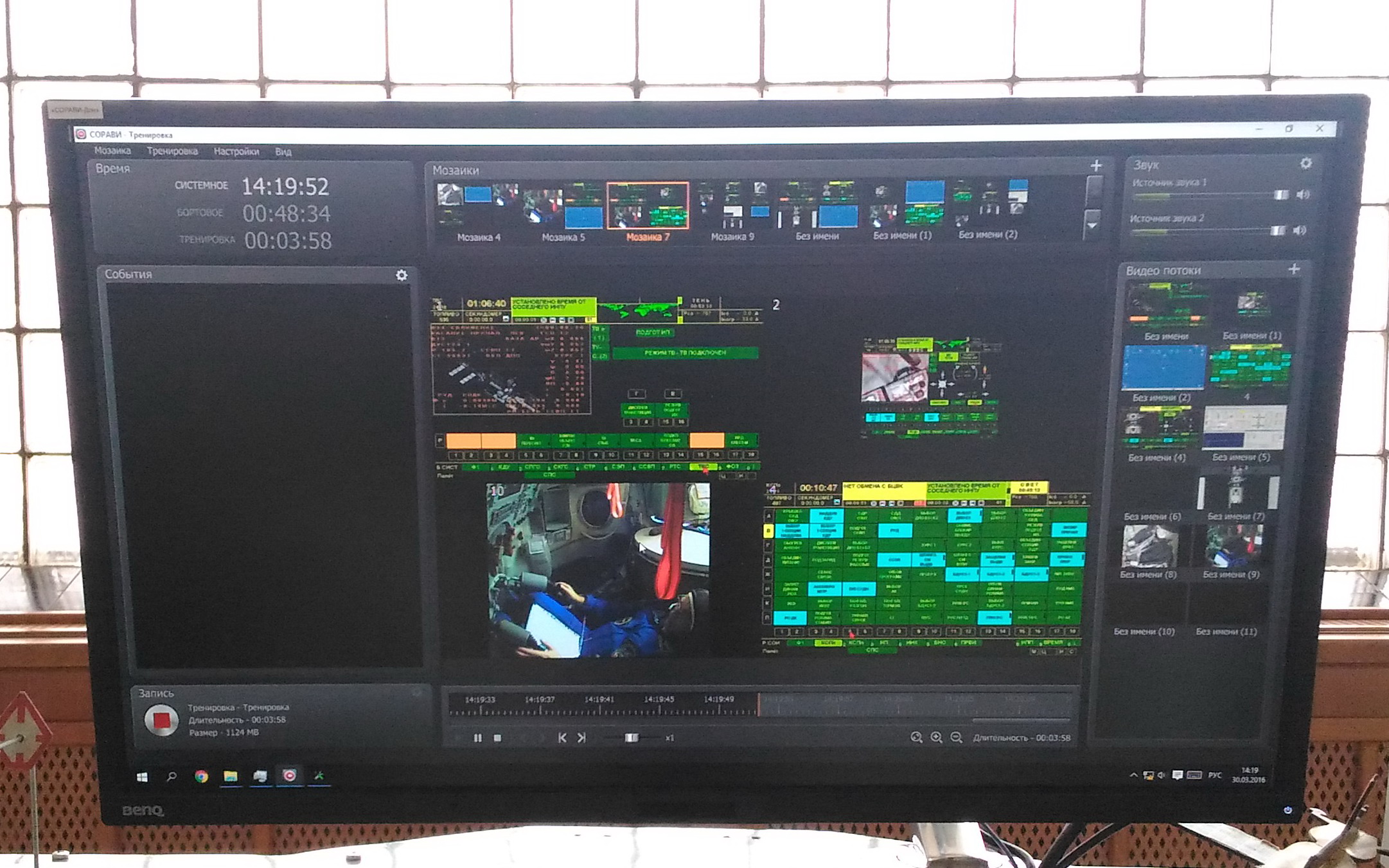
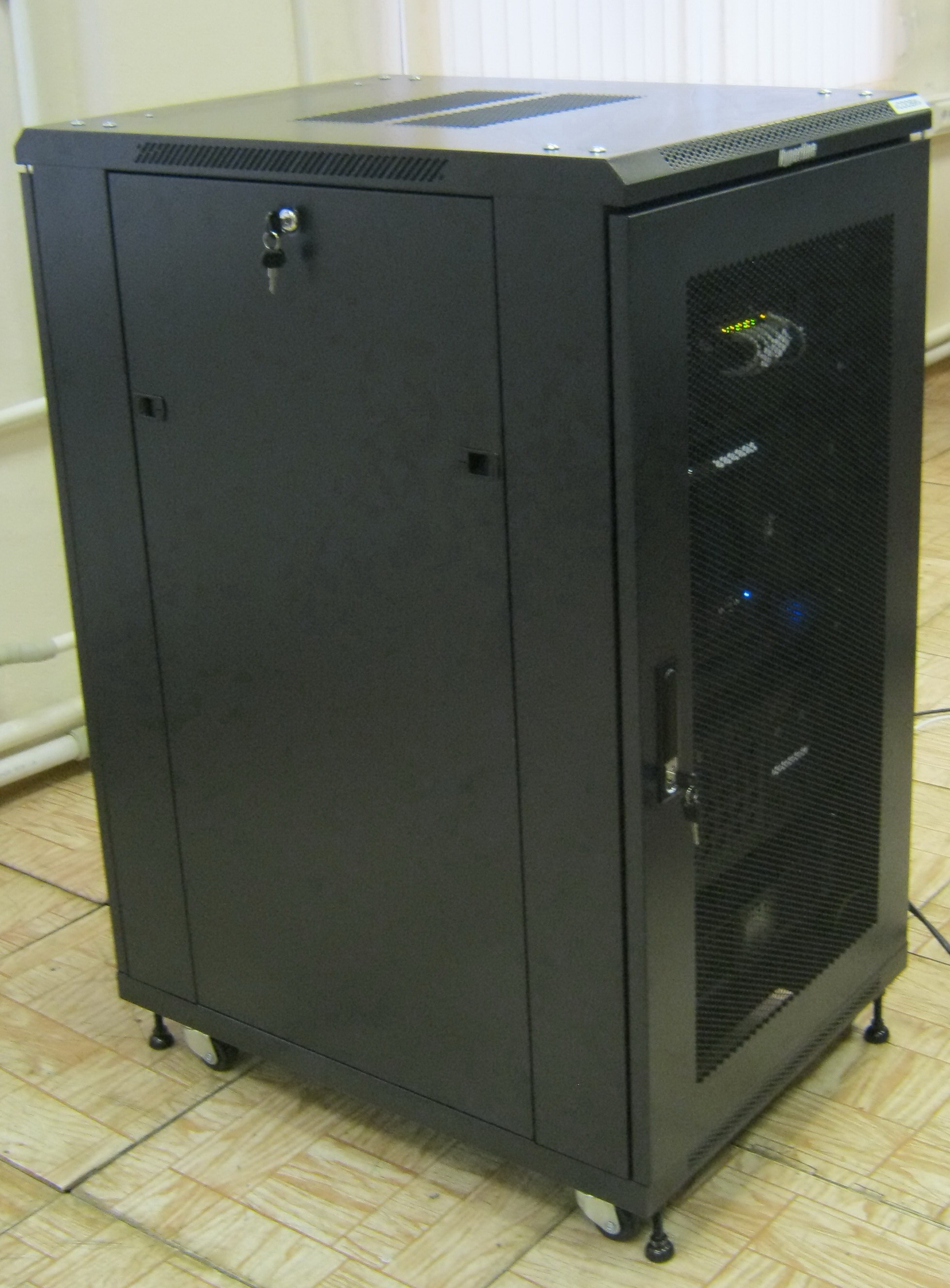
a) b)
Fig.16 - 1. The appearance of the system of processing and recording the data of the training process simulator «Don-Soyuz» in the Yu. A. Gagarin cosmonaut training center.
(a - user interface for the instructor, b – computing system unit)
2015
- Developed and researched a software algorithm for the synchronization output of the distributed video data when displayed on large screens (multiscreen). The algorithm ensures the visual continuity of the displayed scenes if there is an uneven stream of input frames. To assess the effectiveness of the algorithm is tested under different simulated conditions of the preparation video frames to display. It is shown that high-quality multiscreendisplay provides synchronization of distributed output fragments of images using frame buffering and time correction display frame. The algorithm avoids unwanted artifacts (the effect of "fading", loss of frames, screen tearing, etc.) in the event of irregular delivery of video frames with distributed rendering dynamic scenes on multiscreens.
- The developed algorithms and programs for the organization graphical user interface for remote operator (Fig.15-1). For control of the video thumbnails (preview) of the interface is formed by a fixed flow mosaic frames all sources with parameters of the video thumbnails, set by the operator. Advantages of the proposed solution: provides constant load on the network regardless of the number of data sources; not imposed significant limitations on the performance of the computer of the remote operator and does not require additional hardware, which allows the use of tablet computers. The interface supports a wide range of functions that are performed in real time (monitoring of data input sources, mixing, switching, operational selection of multimedia data to be displayed, dynamically changing the size and location of dialog boxes, etc.).
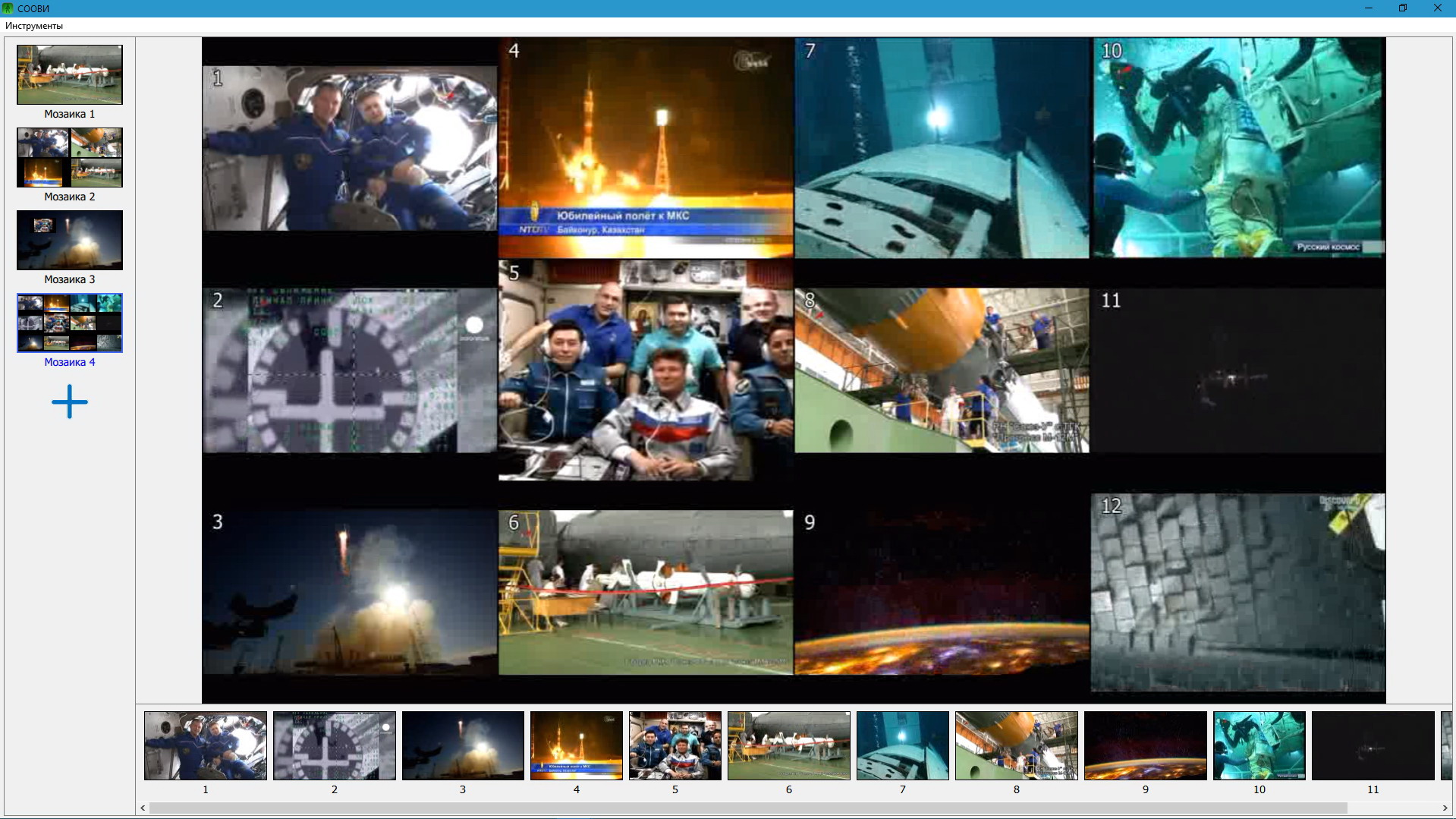
Fig. 15-1. An example of a graphical interface to remotely control the display of multimedia data.
- Developed improved methods of visualization of functionally defined computer models, as a kind of multimedia data. Methods are intended for hardware implementation in high performance graphics accelerators.
Developed a method of visualization of the landscape based on the scalar perturbation functions. Adapted to the capabilities of the standard graphics accelerator, the method allows to display in real-time large areas of terrain without pre-triangulation (Fig. 15-2).

Fig.15-2. The simulation result of the terrain without pre-triangulation with a resolution
of 1024x1024 elevation map.
To render an image software package was used DirectX. The tests were performed on an Intel Core i7-2700K, GTX 550Ti and GTX 750 Ti resolution of 1920x1080 pixels. The test results of the area of terrain with a size of 50 × 80 km, with a spatial frequency DEM - 1 m; texture – 1 cm are presented in table.1. The computational time when generating the terrain almost does not depend on the resolution of the elevation map.
Table 1
| The resolution of the elevation map | Processor type Intel Core | ||
| i7-2700K | GTX 550Ti | GTX 750 Ti | |
| 256x256 | 802,65 ms | 67,03 ms | 31,07 ms |
| 512x512 | 850,81 ms | 71,05 ms | 32,93 ms |
| 1024x1024 | 856,52 ms | 71,53 ms | 33,15 ms |
Applications development
Some results obtained during the execution phases of the project, implemented in the work «Granit-15»:
«System for processing and displaying visual information of complex trainers of the Russian segment of the International space station»,
made for the Gagarin Research & Test Cosmonaut Training Center. The system (Fig. 15-3) successfully tested in the GCTC.
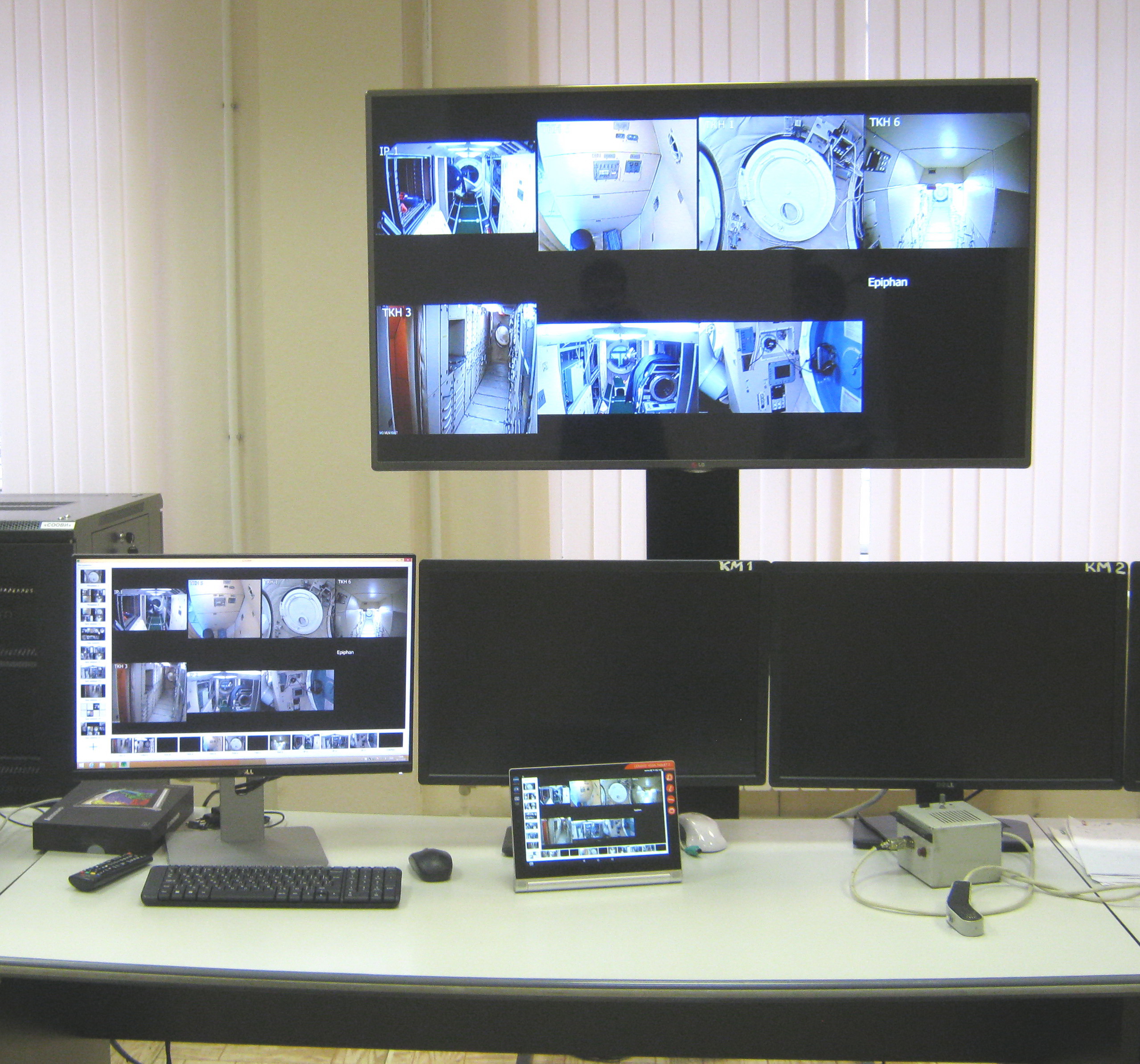
Fig.15-3. User interface system «Granit-15.
2014
- Developed the basic software modules of the mixer-switch (see Fig. 13-1): the module of the input multimedia data from various sources (video files, images, three-dimensional scenes, etc.), video capture module, an output module of multimedia data.
- Researchedmethods forsynchronous multi-window displaying of multimedia data from various sources. For the demonstrator multi-window display application developed by MSystem. The app allows you to create on windows graphics control panel (Fig.14-1) and assign each window the corresponding multimedia data (animated 3D scene, video files, network streams, etc.) for demonstration.
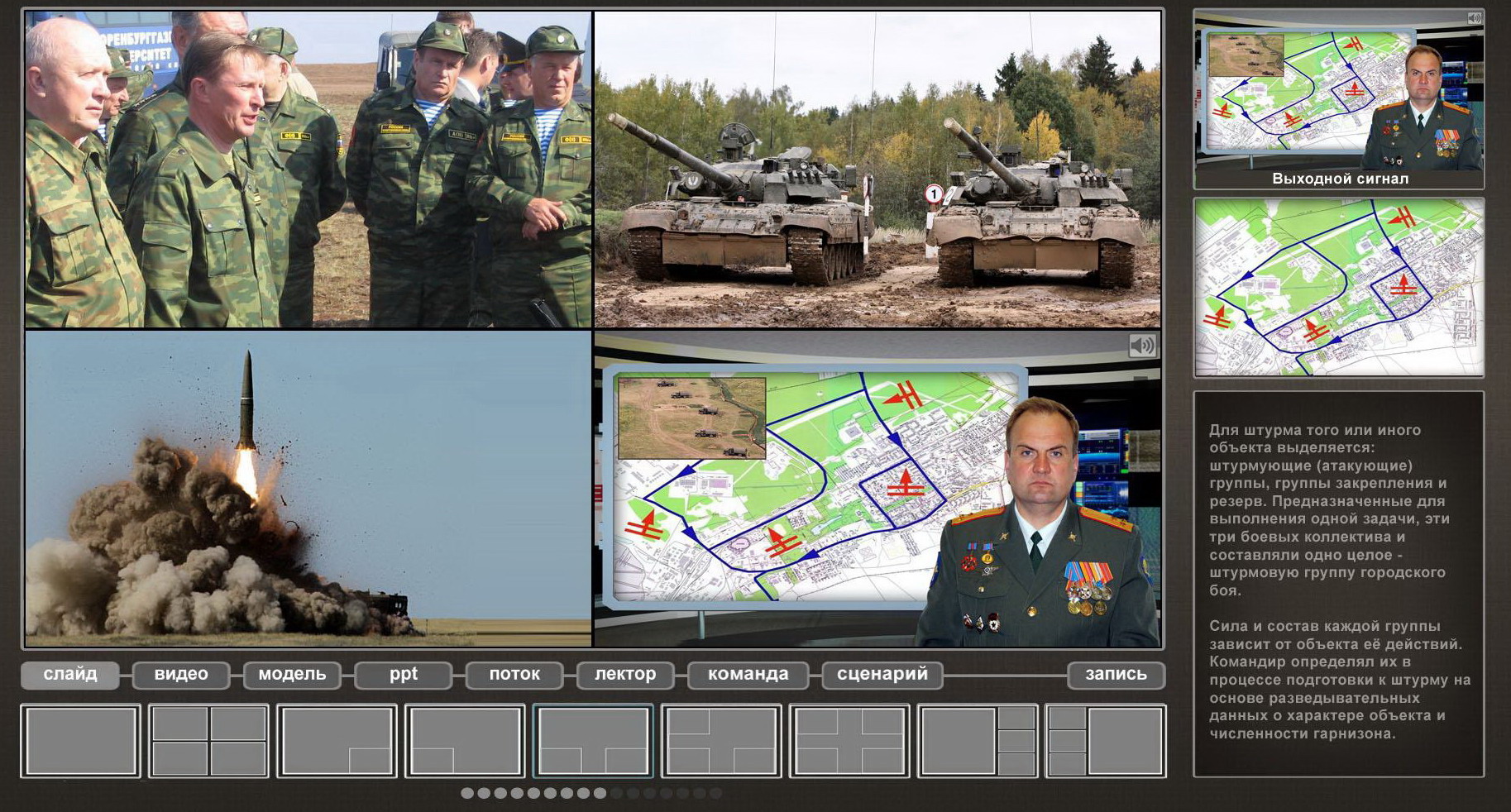
Fig.14-1. An example of a user interface for interactive control of distributed multimedia data for a multiwindow display tailored to various configurations.
- Researched the organization distributed computational processto generate synchronous display of large-scale 3D scenes on the big screen (video walls). Developed a version of the implementation of 3D scenes based on the "star" object-oriented architecture for distributed computing. As the central object is a hierarchical database connecting interactive the processor modules are oriented parallel processing of fragments of images of 3D scenes. The management modules is via a shared database with the parameters needed to operate the modules and their interaction. This approach makes it easy to build new modules to the system as each new module only communicates with a local database. Inter module communication is based on standardized data exchange Protocol. Developed a program VideoWall for a distributed processing and display of fragments of three dimensional scenes using multiple personal computers (PC). Developed a program VideoWall for distributed processing anddisplay of fragments of three dimensional scenes using multiple personal computers (PC). This allows to increase overall system performance and display more complex scenes. General management can be one of them or with an external control computer.
2013
- Developed the architecture of distributed multimedia virtual environment (DMVE) for real-time display of multimedia data in a multi-user information systems. DMVE basic functions: monitoring and routing of multimedia input and output data streams; conversion and mixing (generation of virtual sources) for the management, creation and display media. The main components in the architecture of DMVE (Fig.13-1) are two types of modules: integrated mixer-switch and control module. Software and hardware solutions on standard computing facilities provide flexibility DMVE functioning, resource feasibility, simple reconfiguration procedure, depending on the task.
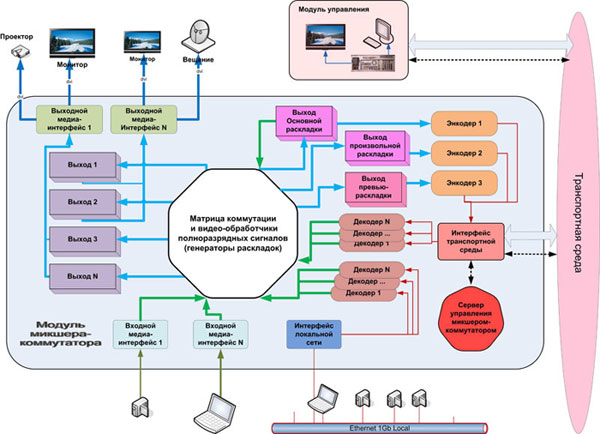
Fig. 13-1. The architecture of distributed multimedia virtual environment.

